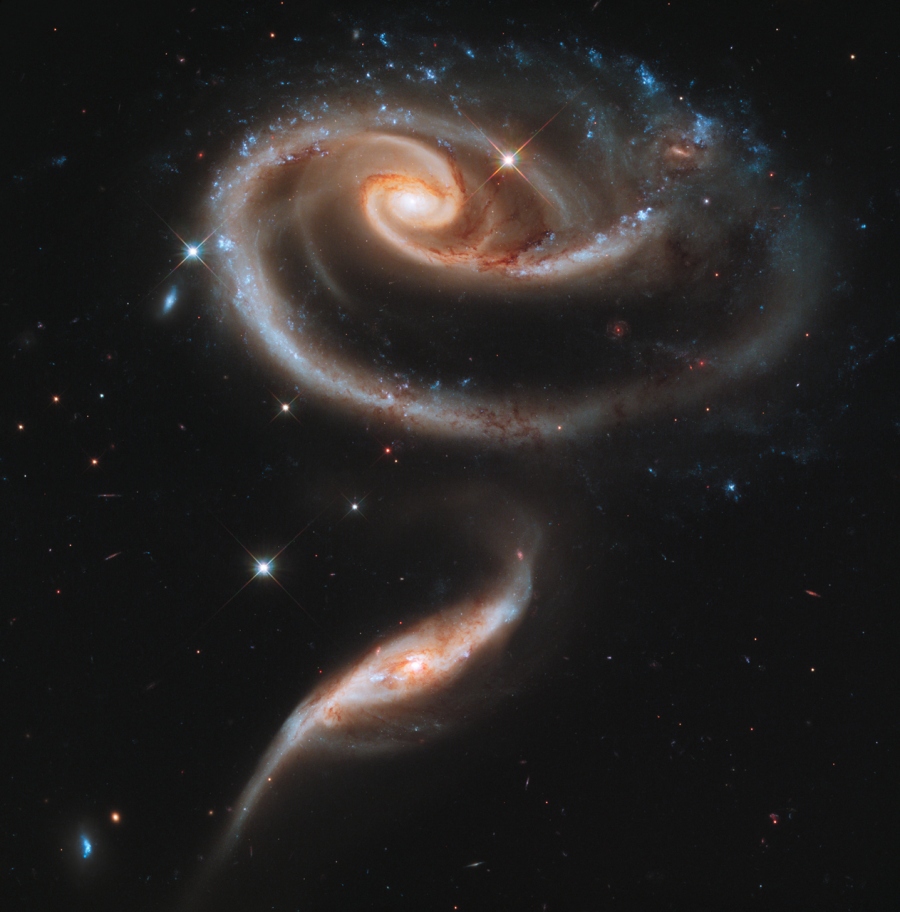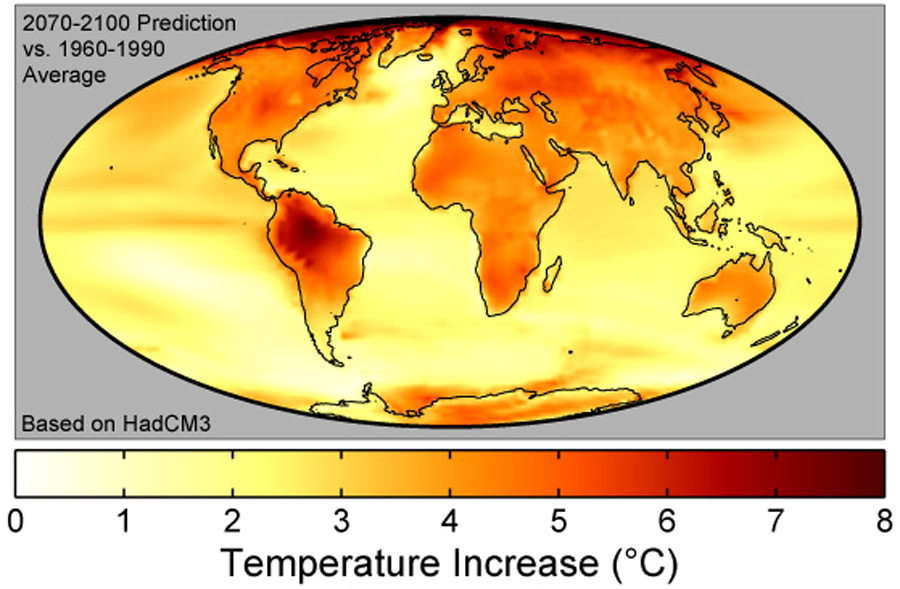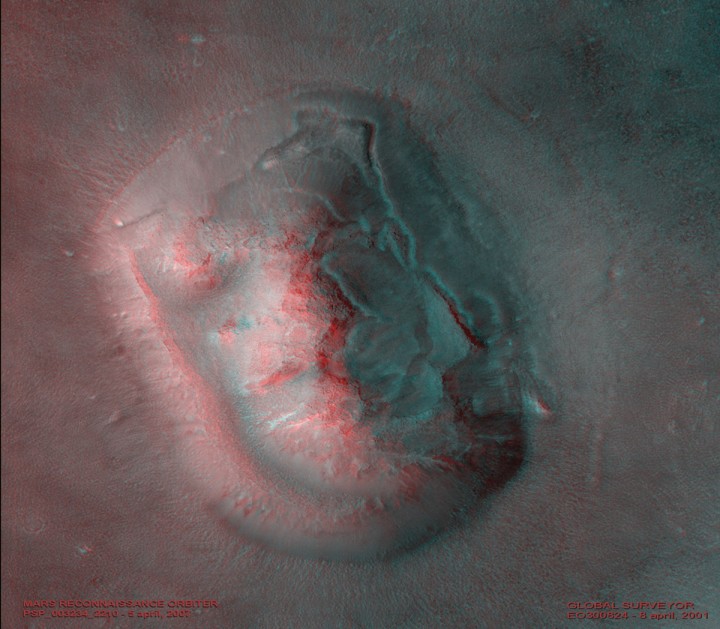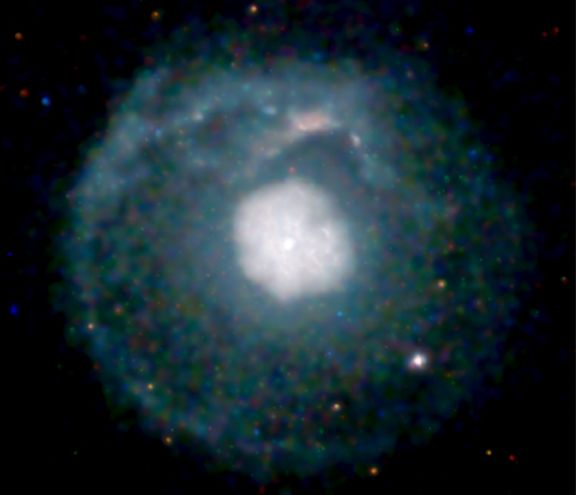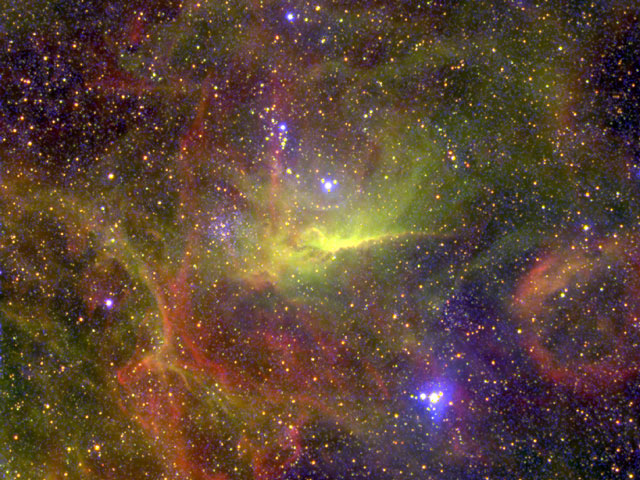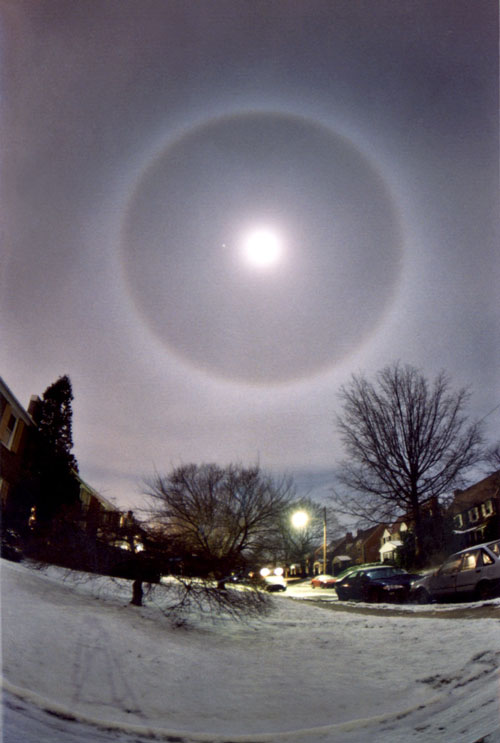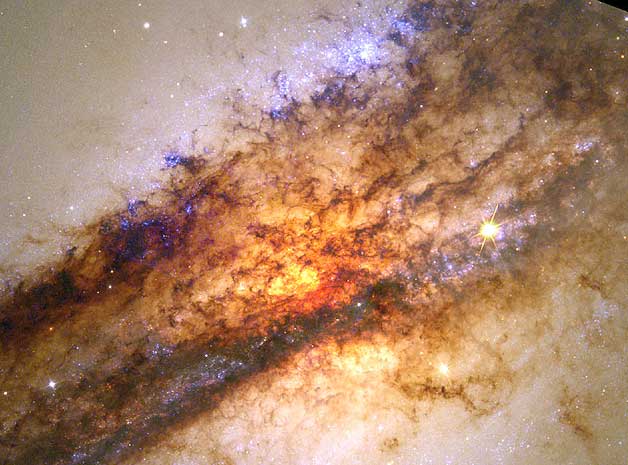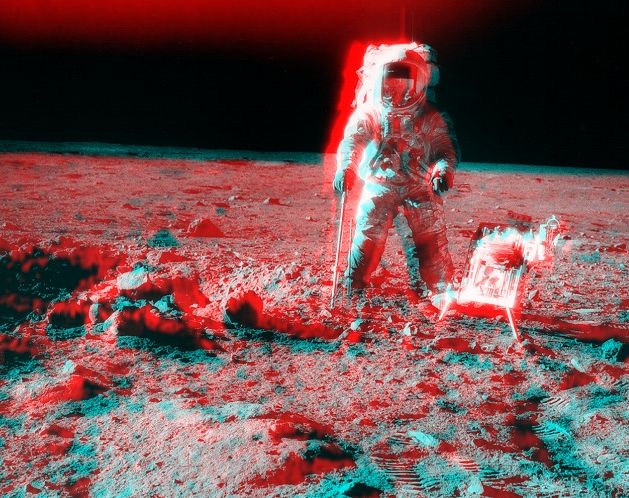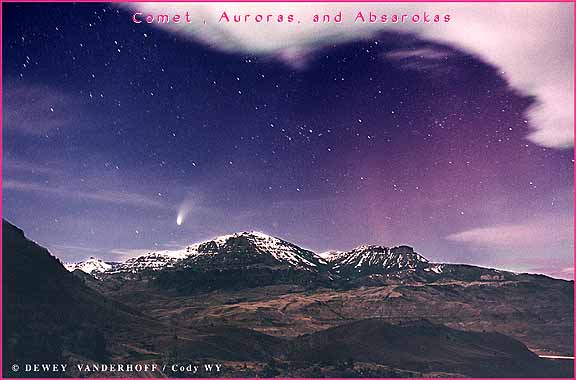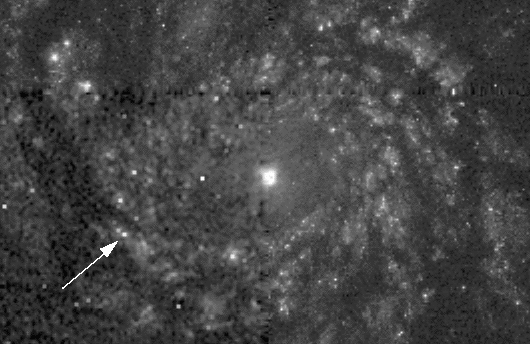| << Previous | Index | Next >> |
2015
Image Credit: NASA, JPL, LMMP, SSERVI, USGS, DLR
2014
[img6="Image Credit: Hubble, Subaru; Composition & Copyright: Robert Gendler"]http://apod.nasa.gov/apod/image/1404/ng ... er_960.jpg[/img6]
2013
[imghover6=http://apod.nasa.gov/apod/image/1304/di ... ss_960.jpg]http://apod.nasa.gov/apod/image/1304/di ... ed_960.jpg[/imghover6]Image Credit & Copyright: Jerry Lodriguss (Catching the Light)
2012 Despite their resemblance to R2D2, these three are not the droids you're looking for. Instead, the enclosures house 1.8 meter Auxiliary Telescopes (ATs) at Paranal Observatory in the Atacama Desert region of Chile. The ATs are designed to be used for interferometry, a technique for achieving extremely high resolution observations, in concert with the observatory's 8 meter Very Large Telescope units. A total of four ATs are operational, each fitted with a transporter that moves the telescope along a track allowing different arrays with the large unit telescopes. To work as an interferometer, the light from each telescope is then brought to a common focal point by a system of mirrors in underground tunnels. Above these three ATs, the Large and Small Magellanic Clouds are the far far away satellite galaxies of our own Milky Way. In the clear and otherwise dark southern skies, planet Earth's greenish atmospheric airglow stretches faintly along the horizon.
2011 The spiky stars in the foreground of this sharp cosmic portrait are well within our own Milky Way Galaxy. The two eye-catching galaxies lie far beyond the Milky Way, at a distance of over 300 million light-years. Their distorted appearance is due to gravitational tides as the pair engage in close encounters. Cataloged as Arp 273 (also as UGC 1810), the galaxies do look peculiar, but interacting galaxies are now understood to be common in the universe. In fact, the nearby large spiral Andromeda Galaxy is known to be some 2 million light-years away and approaching the Milky Way. Arp 273 may offer an analog of their far future encounter. Repeated galaxy encounters on a cosmic timescale can ultimately result in a merger into a single galaxy of stars. From our perspective, the bright cores of the Arp 273 galaxies are separated by only a little over 100,000 light-years. The release of this stunning vista celebrates the 21st anniversary of the Hubble Space Telescope in orbit.
2010 Nebulae are perhaps as famous for being identified with familiar shapes as perhaps cats are for getting into trouble. Still, no known cat could have created the vast Cat's Paw Nebula visible in Scorpius. At 5,500 light years distant, Cat's Paw is an emission nebula with a red color that originates from an abundance of ionized hydrogen atoms. Alternatively known as the Bear Claw Nebula or NGC 6334, stars nearly ten times the mass of our Sun have been born there in only the past few million years. Pictured above, a wide angle, deep field image of the Cat's Paw nebula was culled from the second Digitized Sky Survey.
2009 How much will the Earth's surface warm up over the lives of our children? No one is sure. Compared to the past 100 million years, the Earth is currently enduring a relative cold spell, possibly about four degrees Celsius below average. Over the past 100 years, however, data indicate the average global temperature of the Earth has increased by nearly one degree Celsius. Few disagree that recent global warming is occurring, and the Intergovernmental Panel on Climate Change (IPCC) has concluded that we humans have created a warming surge that is likely to continue. A future temperature increase like that shown on the above predictive map may cause sea levels to rise, precipitation patterns to change, and much pole ice to melt. The result could impact many local agricultures and the global economy. Geoengineering projects that might include artificial cloud creation might reduce the amount of warming sunlight that reaches the Earth's surface.
2008 There are more bacteriophages on Earth than any other life-like form. These small viruses are not clearly a form of life, since when not attached to bacteria they are completely dormant. Bacteriophages attack and eat bacteria and have likely been doing so for over 3 billion years ago. Although initially discovered early last century, the tremendous abundance of phages was realized more recently when it was found that a single drop of common seawater typically contains millions of them. Extrapolating, phages are likely to be at least a billion billion (sic) times more numerous than humans. Pictured above is an electron micrograph of over a dozen bacteriophages attached to a single bacterium. Phages are very small -- it would take about a million of them laid end-to-end to span even one millimeter. The ability to kill bacteria makes phages a potential ally against bacteria that cause human disease, although bacteriophages are not yet well enough understood to be in wide spread medical use.
2007 Get out your red/blue glasses and gaze down on this weathered mesa on Mars. Of course, described as a rock formation that resembles a human head in a 1976 NASA press release, this mesa is also famous as the Face on Mars. The sharp stereo image was created by combining high resolution pictures from cameras on two different spacecraft in Mars orbit - Mars Reconnaissance Orbiter and Mars Global surveyor. It shows rugged details of the approximately 2 kilometer wide, isolated hill - similar to mesa landforms on planet Earth - rising some 240 meters above the plains of the martian Cydonia region. This remarkable 3D view exaggerates the hill's vertical dimensions.
2006 Shiny NGC 253, sometimes called the Silver Dollar Galaxy, is one of the brightest spiral galaxies visible - and also one of the dustiest. First swept up in 1783 by mathematician and astronomer Caroline Herschel, the dusty island universe lies a mere 10 million light-years away in the southern constellation Sculptor. About 70 thousand light-years across, NGC 253 is the largest member of the Sculptor Group of Galaxies, the nearest to our own Local Group of Galaxies. In addition to its spiral dust lanes, striking tendrils of dust seem to be rising from the galactic disk in this gorgeous view. The high dust content accompanies frantic star formation, giving NGC 253 the designation of a starburst galaxy. NGC 253 is also known to be a strong source of high-energy x-rays and gamma rays, likely due to massive black holes near the galaxy's center.
2005 The picture is lovely, but this pretty cosmic shell was produced by almost unbelievable violence - created when a star with nearly 20 times the mass of the sun blasted away its outer layers in a spectacular supernova explosion. As the expanding debris cloud swept through surrounding interstellar material, shock waves heated the gas causing the supernova remnant to glow in x-rays. In fact, it is possible that all supernova explosions create similar shells, some brighter than others. Cataloged as G21.5-0.9, this shell supernova remnant is relatively faint, requiring about 150 hours of x-ray data from the orbiting Chandra Observatory to create this false-color image. G21.5-0.9 is about 20,000 light-years distant in the constellation Scutum and measures about 30 light-years across. Based on the remnant's size, astronomers estimate that light from the original stellar explosion first reached Earth several thousand years ago.
2004
2003 Have you ever seen a halo around the Moon? This fairly common sight occurs when high thin clouds containing millions of tiny ice crystals cover much of the sky. Each ice crystal acts like a miniature lens. Because most of the crystals have a similar elongated hexagonal shape, light entering one crystal face and exiting through the opposing face refracts 22 degrees, which corresponds to the radius of the Moon Halo. A similar Sun Halo may be visible during the day. The picture was taken in Lansdowne, Pennsylvania, USA. The distant planet Jupiter appears by chance just to the left of the Moon. Exactly how ice-crystals form in clouds remains under investigation.
2002 A fantastic jumble of young blue star clusters, gigantic glowing gas clouds, and imposing dark dust lanes surrounds the central region of the active galaxy Centaurus A. This mosaic of Hubble Space Telescope images taken in blue, green, and red light has been processed to present a natural color picture of this cosmic maelstrom. Infrared images from the Hubble have also shown that hidden at the center of this activity are what seem to be disks of matter spiraling into a black hole with a billion times the mass of the Sun! Centaurus A itself is apparently the result of a collision of two galaxies and the left over debris is steadily being consumed by the black hole. Astronomers believe that such black hole central engines generate the radio, X-ray, and gamma-ray energy radiated by Centaurus A and other active galaxies. But for an active galaxy Centaurus A is close, a mere 10 million light-years away, and is a relatively convenient laboratory for exploring these powerful sources of energy.
2001 This weekend's stereo picture finds Apollo 12 astronaut Pete Conrad standing on the lunar surface near the southern rim of Surveyor Crater in November of 1969. With red/blue glasses you can gaze beyond the spacesuited Conrad across the magnificent desolation of the Moon's Ocean of Storms. Conrad stands next to large chunks of loose rock, debris from the small impact crater. A sampling scoop is in his right hand and a specially designed tool carrier rests by his left foot as he poses for the picture. His photographer, fellow astronaut Al Bean, captured two separate images (cataloged as AS12-49-7318 and AS12-49-7319) by doing something like a stereo "cha-cha" ... taking the first picture while resting his weight on his right foot and the second after shifting to his left. With the first tinted blue and second red, the pair of pictures were offset and combined to create a 3D anaglyph. Donning red/blue glasses allows the result to be viewed with stereo vision.
2000 Star formation occurs at a faster pace in M82 -- a galaxy with about 10 times the rate of massive star birth (and death) compared to our Milky Way. Winds from massive stars and blasts from supernova explosions have created the expanding cloud of million degree gas filling the above Chandra X-ray Observatory image of this remarkable starburst galaxy. The false color image even resolves bright spots which are likely shocked supernova remnants and X-ray bright binary stars. Also observed as a radio galaxy and a bright celestial infrared source, M82's aspect in optical pictures has led to its popular moniker, the Cigar Galaxy. M82's burst of star formation was likely triggered a mere 100 million years ago in the latest of a series of bouts with another large galaxy, M81.
1999 Which stars are closest to the Sun? The closest is Proxima Centauri, one of three stars that orbit each other about 4 light-years away in the Alpha-Centauri system. Alpha Centauri is easily visible from Earth's Southern Hemisphere. Next is Barnard's Star, a dim star visible with a telescope in the constellation of Ophiuchus. Sirius, the brightest star in the night sky, is part of the fifth closest star system, from which light takes 8.6 years to reach us. The nearest 25 star systems are shown on the above map, out to 13 light-years. Past that there are probably stars so dim that their proximity has not yet been discovered. Research continues in trying to identify an estimated 130 missing star systems out to 32 light-years.
1998
1997 On April 17th, "Big Sky" country sure lived up to its name. The dark skies over the US states of Wyoming, Montana and the Dakotas were quite busy, as shown by this photograph featuring Comet Hale-Bopp. In the foreground is the Absaroka Mountain Range in Wyoming, lit by reflected moonlight. Just to the left of Jim Mountain's peak is Comet Hale-Bopp. The unusual colors visible on the far right are aurora, remnants of the recent solar storm recorded on the Sun. Across the middle of the photo are numerous bright stars, and across the top of the picture are clouds.
1996 In 1994, a new star in a distant galaxy was seen by amateur astronomers, who alerted the world to their discovery of a supernova. Near the nucleus of spiral galaxy M51, popularly known as the Whirlpool, this supernova (1994I) is identified as the bright spot indicated by the arrow in the lower left of this Hubble Space Telescope image. Supernovae are violent death explosions of stars that eject radioactive debri clouds. They are often discovered by amateur observers dedicated to systematic searches of the sky and are of intense interest to astronomers who hope to learn what kind of stars generate these explosions and what chemical elements are produced and mixed into space. Distances to these these intrinsically bright events can also be determined, providing crucial yardsticks for measuring the Scale of the Universe.
| << Previous | Index | Next >> |

